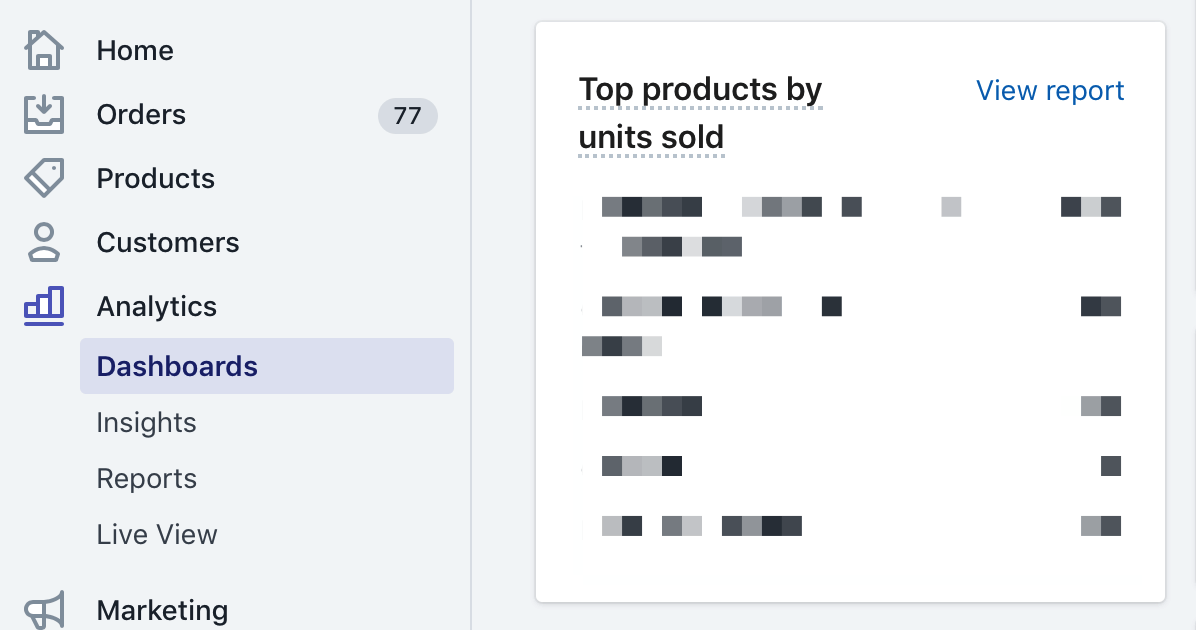We live in a day and age where online shoppers have more options than ever before … which presumably should lead to more freedom, easier choices and happier customers.
Right?
But what if I told you this myriad of options is actually crippling shoppers and causing anxiety in their shopping experience, subsequently resulting in a higher bounce rate and decrease in conversions?

According to a new meta-analysis (conducted in 2015) that incorporated 99 studies:
- Being able to isolate when reducing choices for your customers is most likely to boost sales.
- Even if you secure a sale, they will be questioning whether they made the right choice post-purchase. Have you ever felt that before? I know I have!
A commonly used term for this phenomenon, which is also incredibly relevant to e-commerce, is “The Paradox of Choice.”
You may have even heard of the book The Paradox of Choice: Why More Is Less by American psychologist and author Barry Schwartz.
Or perhaps Hick’s Law (also known as Hick-Hyman Law), named after psychologist team William Edmund Hick and Ray Hyman.
But even if neither of these rings a bell, the concept definitely will.
So, let’s dig into what exactly the Paradox of Choice is, and how you can prevent your customers from experiencing it!
What is the Paradox of Choice?
Barry Schwartz defined the Paradox of Choice as this:
A common assumption in western developed societies that the more choice people have, the more freedom they have, and the more freedom they have, the more welfare they have.
He then gives a couple of modern-day examples from his own life.
At his rather small supermarket there are 285 varieties of cookies, 75 iced teas, 230 soups, 175 salad dressings and 40 toothpastes. But wait … that’s not the worst of it!

Barry gives an honorable mention to his local consumer electronics store, which has enough components to construct 6.5 MILLION stereo systems. How is that for an abundance of choice?
Now, if you’re anything like me, even though that’s an outrageous amount of products, you’d probably still buy whatever pre-constructed stereo system the salesperson recommends, right?
Can you imagine how paralyzed you’d be without trusty, knowledgeable salespeople to help make these kinds of decisions?
This now happens everywhere. Don’t believe me?
Go into a Baskin-Robbins and pick your favorite 2-flavor cup! If you aren’t familiar with Baskin-Robbins, it’s an ice cream store that has over 1,300 flavors in their flavor library. Talk about stressful!

So, time and time again, I end up asking the person working what their favorite flavor is, because I simply can’t decide on a flavor.
Now that you have a fair understanding of the amount of choice we have in everyday life, where does the paradox come in?
What research and experiments have found is that as the number of choices grows, the choice no longer liberates, but debilitates your visitors.
As business owners, if we limit product choices/options to the absolute favorites proven by current data, our customers will spend far less time deciding on a particular variant … which ultimately lowers the chance of them being dissatisfied with their choice.
This also ties in with the 80/20 rule and success by subtraction principle.
Clients Eliminating the Paradox of Choice in Their Own Businesses
We’ve seen countless success stories, one after the other, when our clients have taken action on this simple principle.
I’m excited to share with you just a couple testimonials from people in our private Facebook group who reaped the rewards of removing the Paradox of Choice from their business.

As you can see above, one of our member’s best sellers had a whopping 13 variations. But, after digging into conversion data, he realized that only five of those variants were making up the majority of sales!
Within six days of limiting the number of options offered to the five best-performing, he saw a 20% increase in add-to-carts and a staggering 42% increase in conversion rate!
Who wouldn’t be thrilled with that? And it was achieved by simply reducing the number of options offered.
It doesn’t end there though. Brace yourself for success story #2, where we see the removal of products entirely!

Yes, you read right! (Rub your eyes if you have to.)
One of our members went from an average conversion rate of 1.5% to 4.4% (many days even reaching into the 8% to 9% range), simply by removing entire product categories!
Not only that, but they also saw a significant reduction in customer service issues.
So, there is obviously power behind this “Paradox of Choice” thing, right?
By this point, I hope you’re thinking about how you could implement this strategy in your own business.
So, let me leave you with some practical tips for identifying areas you may need to simplify.
How to Avoid Crippling Your Visitors
1. Google Analytics
The answer is in your DATA.
Within the analytics service integrated with your business, there should be conversion data available to help break down and pinpoint what categories, products and product variants are producing the most sales.

If you’re using Google Analytics, here’s a screenshot that will help you locate your best sellers.
As you can see from the image, you want to follow this path: Conversions → Ecommerce → Product Performance.
The Product Performance report will list all of your products in order by product revenue.
This will give you an accurate indication of what products, SKUs and categories are bringing in the most money.
Once you know what products aren’t bringing in any revenue … get rid of them!
At the very least, hide them from appearing on your store for a week and monitor the results.
If history repeats itself, you’ll find that reducing the amount of choice will eliminate the daunting task of customers considering all the alternatives.
2. Shopify Analytics
The next thing you can do is dig into your Shopify dashboard!
There’s a report on the main dashboard that allows you to view your most popular products by units sold. From the overview you can see the product, number of units sold, and the percentage increase.

And, if you click “View Report,” you’ll get a much more detailed look, including a breakdown of customizable columns for any date range.
The default view includes:
- Product Title
- Product Vendor
- Product Type
- Net Quantity
- Gross Sales
- Discounts
- Returns
- Net Sales

Tip: For those who love their data analysis breakdowns via spreadsheets, you can export this report into Excel.
There is more than enough information in both of these reports to identify what products are/are not serving you and your customers.
Final Takeaway
I know the temptation to give customers as many options as possible is real. But, if you remember one thing from what I’ve discussed today, let it be this:
Reducing and simplifying choices for your customers is the best thing you can do for them (and you), and will in fact BOOST sales, not hurt them.
So, go dig into your data, make the necessary changes to your offerings and get ready to see some wins!

